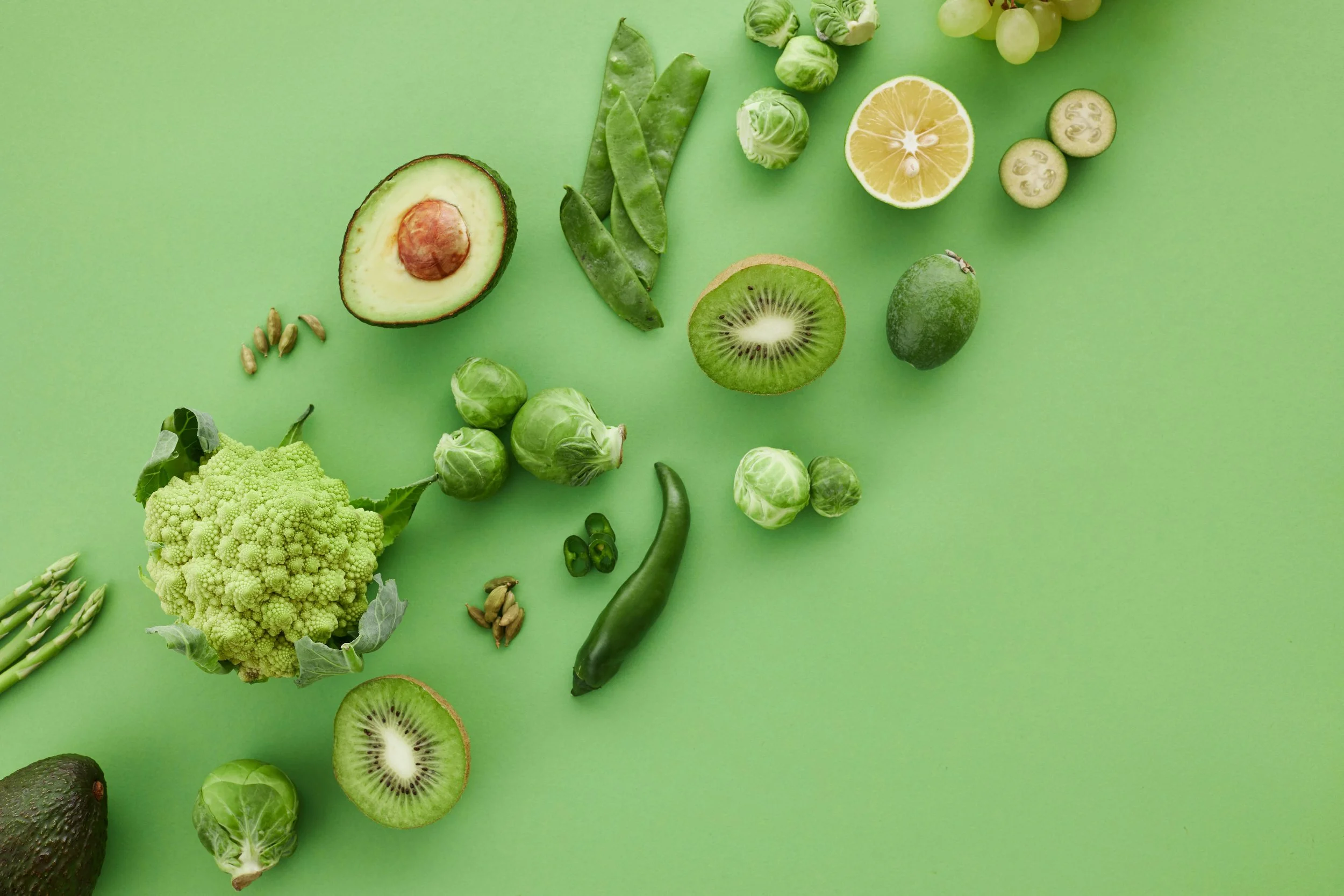Thank vegans for this exciting new phenomenon.
What is aquafaba?
Aquafaba is actually something we have been pouring down the drain for years. Also known as chickpea water, aquafaba (derived from the Latin word "aqua" for water, and "faba" for beans) is the liquid that forms when you cook dried chickpeas.
With a little help from sugar, starch, and a little something acidic to help stabilize it, aquafaba can be whipped up to a lofty peak, with nearly the same structure as whipped egg whites.
How to make aquafaba
Via Creative Commons
Many aquafaba recipes call for draining a can of cooked chickpeas to get started. That is certainly easy and it works pretty well, but you can actually make better aquafaba at home from dried chickpeas.
- Start with 2 cups dried chickpeas, sorted and cleaned, a piece of kombu seaweed, and water. Kombu is important, as it adds some minerals that make the aquafaba work better.
- Use 6 cups of water, and cover the pan so you don't boil off too much liquid. To get the best results, use a slow cooker or stovetop, not a pressure cooker. Long, slow cooking extracts the most active ingredients from the beans.
- Slow cook on low for 8 hours or on the stove top for about 4 hours.
- When the beans are very tender but not falling apart, they are done.
- For best results, refrigerate the whole pot so that the beans can continue to marry with the aquafaba. You can strain them immediately after cooking, if you prefer.
- Discard the kombu.
- Measure the strained aquafaba, and if it is more than 3 cups, put it in a pot on the stove and boil it to reduce it down and thicken it to about 2 1/2 to 3 cups.
- Refrigerate for up to a week, or portion and freeze it. Save the cooked chickpeas for another use.
Aquafaba uses
When substituting with aquafaba, remember it has none of the fat other substitutes may have. Use aquafaba as a vegan egg white substitute or in cakes and meringues. Aquafaba is a great mayo starter that can be easily blended with garlic and herbs to make aioli for dipping, meat, or seafood.
Recipes that call for an egg or two to bind them are your best bets, like meat or nut loaves, veggie burgers, or savory breads. You can blend part tofu and part aquafaba with seasonings, then scramble to make a softer, lighter version of a tofu scramble.
Authored by Robin Asbell. Reprinted by permission from StrongerTogether.coop. Find articles about your food and where it comes from, recipes and a whole lot more at www.strongertogether.coop



